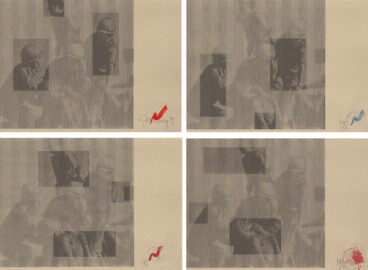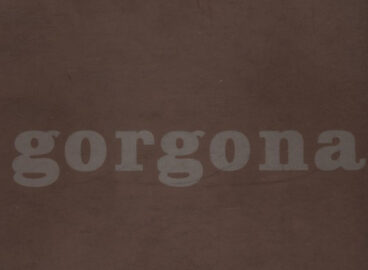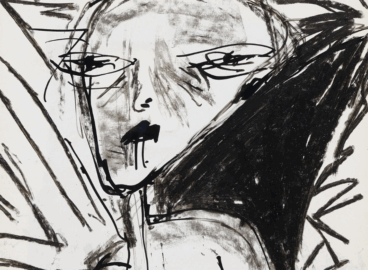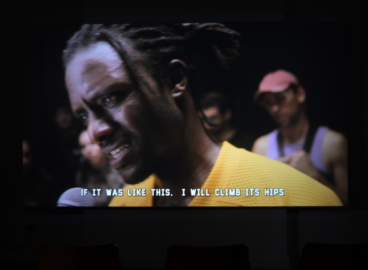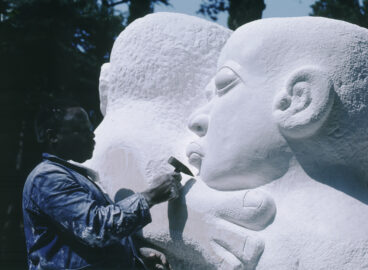How did the infrastructure of the former Soviet Bloc’s socialist states support experiments in the art of sound? What possibilities were created and what were the drawbacks that resulted, for artists and their art, from the desire to create an entirely new, experimental society?
This talk was delivered at “About Sound,” a C-MAP seminar on museum practices that relate to the collection, preservation and exhibition of sound art (MoMA, May 7–8, 2013). Together with invited guests, the C-MAP Fluxus group members and other Museum staff discussed how the sonic dimension of modern art can best be integrated into museum displays, and addressed the challenges this medium poses. At one of the sessions, presented here, David Crowley spoke of those issues, which he experienced firsthand while organizing his recent exhibition Sounding the Body Electric: Experiments in Art and Music in Eastern Europe 1957–1984, co-curated with Daniel Muzyczuk (Muzeum Sztuki Łódź, May 25 – Aug 19, 2012 ; Calvert 22 , London, Jun 26 – Aug 25, 2013). Below, you will find a video of Crowley’s presentation and a recording of the discussion that followed.
